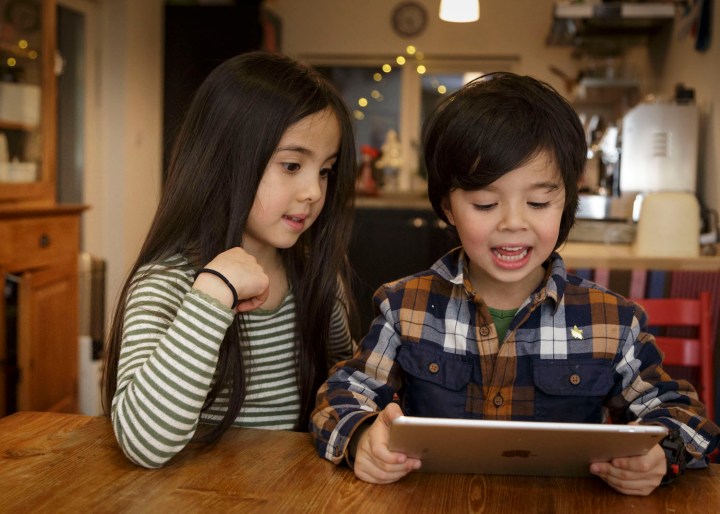
The result is a new Application Programming Interface (API) for developers to use inside everything from connected toys and VR games, to the Skills that power the Amazon Echo. Soapbox Lab’s API is made specifically to recognize children aged between four and 12 years old, picking up on their unique voices, their tendency to shout instructions, and the speech patterns of someone so young.
Wondering if there is much of a difference between children and adults speaking the same language? The vast majority of voice recognition systems available now were built for adults, by adults, and using speech data collected from adults. SoapBox collected speech data from children, then used its expertise in voice recognition to create custom algorithms and speech models that power the interface.
SoapBox Lab founder and CEO Patricia Scanlon Ph.D told Digital Trends: “Young kids are wildly unpredictable in their speech behaviors. While our team previously had significant experience in speech recognition for adults, building our platform specifically for kids over the past few years was a continuous challenge. It is like dealing with a completely different language!”
Uses beyond interactive toys
Where will SoapBox’s API be used? The most obvious place would be inside smart, connected toys. Kids would soon lose interest in a toy that promised to listen and respond to commands, but failed to catch what they said because the voice recognition was adapted from a program designed for adults. SoapBox’s system could effectively turn the toy into another child, in tune with what other kids say, and has the ability to converse rather than solely react to commands.
Beyond interactive toys, SoapBox Labs sees great potential in schools and learning tools. Scanlon continued:
“We were motivated to build this technology as parents ourselves and realize this technology will play a big part in our children’s lives. We want to make that experience safer, more enjoyable, and [more] engaging for them. Our technology can not only voice-enable home devices, games, and toys for kids, the same underlying technology can also enable personalized learning for reading and language tutors.”

This is important, and gives SoapBox Lab’s voice system a real higher purpose. The system has an assessment tool inside, providing real-time feedback on reading, literacy, and language. Built into tutoring apps, the API could be used in classrooms and other learning environments.
Helping voice controlled devices better understand children is great when whatever it is they’re talking to is designed for them; but not so good when they decide to ask Alexa to deliver all those newly released Lego sets and charge it to your credit card. SoapBox is well aware of the problem, and its technology can be used to help avoid this situation.
“Our technology can be used to detect kids’ voices and direct their commands to a dedicated and safe voice interface just for kids,” said Scanlon, “This can be part of an existing home device ecosystem or app, allowing kids to only access specific skills, and the device to respond appropriately to kids’ voices.”
SoapBox Lab’s cloud-based API is available for developers to use now, and Scanlon is particularly interested in hearing about projects that have a “real social impact,” with the possibility of offering free use of the platform in the right cases. We can expect to see the first products with SoapBox Lab’s voice recognition launch during the first three months of 2018.
Editors' Recommendations
- Ring says it isn’t using facial recognition, but it’s definitely working on it
- It has LTE and a voice assistant, but the DokiPal kid’s smartwatch is a letdown



